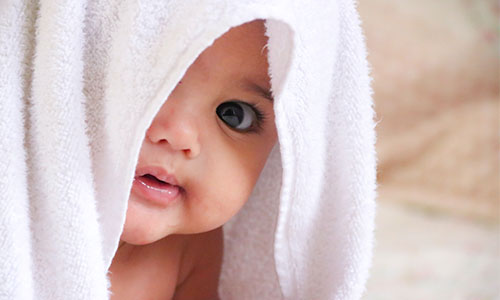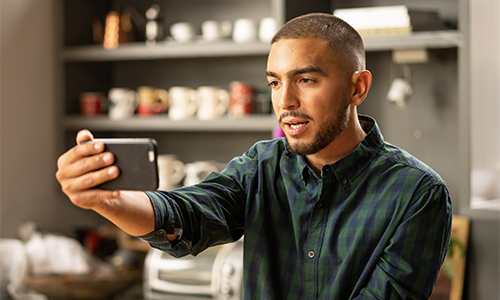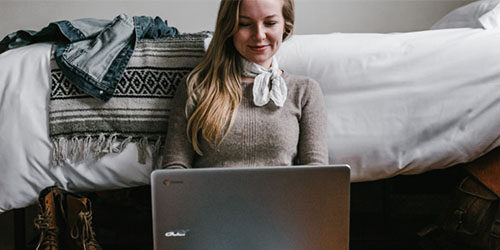usecases-cuc-creative-usecases
Creative and inspiring use cases of Fabric
Creative Use Cases
The following is a short list of ways in which we and/or our clients have employed the platform creatively to extract new and unusual insights.
Baby wash basin
For a leading brand of baby strollers that was looking into extending their product footprint into the baby washbasin space, we had parents of kids < 1 years old wash their babies on camera (their privates were covered with a washcloth) and talk about the experience. In this instance, the partner held the phone to capture the experience. There is literally no other way to do this: imagine sending a videographer and interviewer into their home and asking them to wash their baby while you film it? Right; we don’t think so either.
Prepare and eat food
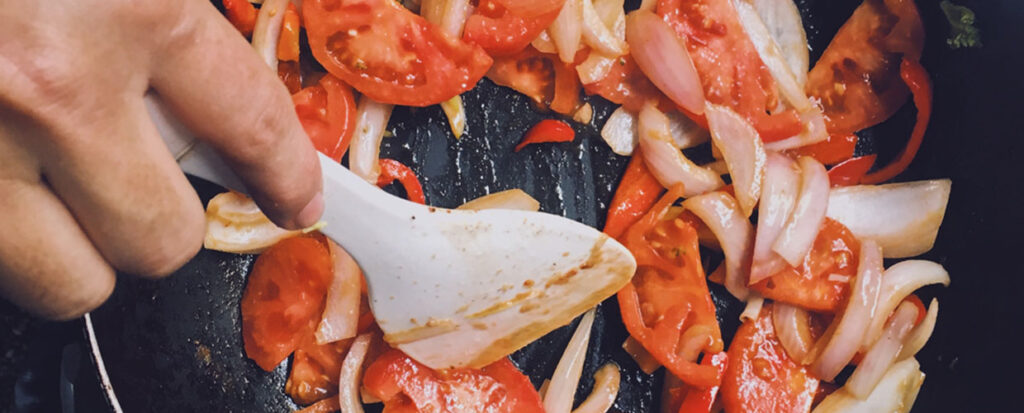
For one of the country’s leading packaged food innovation companies, we shipped a potential new product to consumers’ homes, then had them record their out of box experience, the preparation, and finally tasting of the product. Interestingly, while their initial impressions bordered on repulsion (“it looks like rabbit poo!”), the taste of the product was incredibly well received, providing the client with insight on how to tweak the product extrusion.
Write a love letter to the brand and read it aloud
For one of the world’s biggest furniture brands and retailers, we had loyalists write a love letter to the brand, and read it aloud on camera. It was for an exercise to get at what the core of the brand stood for, so having consumers – in their own words – craft and read a love letter on camera, it helped surface some of the deeper emotional connections they had with the brand.
Go to a drive thru
For a major QSR brand that was looking at re-designing its drive-thru menu board, we had consumers of the brand report on the before, during and after of the drive-thru experience at their stores. Recording video from inside their cars in the moment, the client was able to get a first-hand look at how and where the messaging was connecting and missing.
Shop for spray paint
For a global ad agency pitching a new potential client, we had consumes shop for the client’s product at a chain of major big box stores. Because like many categories, the product and landscape was crowded and competitive, so having consumers report on their thoughts on the buying process as well as packaging and displays helped drive a deeper understanding of how hard it would be for the brand to stand out.
Show us your favorite sports bras
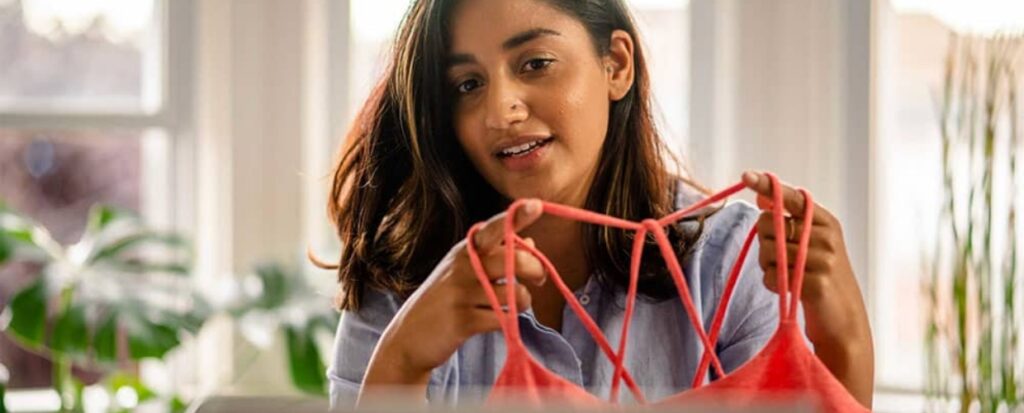
For a project to help re-launch and re-position a line of sports bras for a leading brand of sports footwear and apparel, we had women show us their collection of sports bras and talk about them. Any time people hold something and talk about it, it not only helps validate them as the right consumers, but it also makes them more animated and articulate in their responses.
Step outside of a party
For a project with truth (anti smoking), we had teens step outside from a party they were attending and record their responses to key questions that would arise for them in a party situation. Although the lighting quality was variable (a number of the responses were quite dark), the insights were powerful because they were so close to the moment (specifically a situation loaded with peer pressure).
SONOS diary
To understand how consumers’ relationship with music changed in the home using SONOS, we shipped speakers to people all over the world. And had them record their thoughts over a period of one month.
Laundry journey
To understand potential product extension zones of opportunity for a major European appliance brand, we had consumers deconstruct their before, during and after laundry journeys.
Political advertising
Early on in the Trump campaign when the first TV commercial launched, we were curious to understand if/how the messaging was resonating and connecting. While we are politically neutral, we predicted early on that he had tapped into a strong emotional undercurrent in the country, and our founder was quoted as such in Mother Jones magazine.
Introduce us to your cat

For a pet food study for one of the country’s biggest and best known brands, we had respondents introduce us to their cats in the first response. The technique helped not only validate that owners did indeed have cats, it made respondents more emotionally engaged, and helped add color/texture to their insights.
Show us the biggest villain in your home
Working with one of the world’s largest furniture brands and retailer, we had consumers show us what they deemed to be “the biggest villain in the home” with the goal being to understand how that connected to the American Dream.
Home use test
We have shipped food products, SONOS speakers, shoe prototypes and make-up to people’s homes and had them record everything from their “out of box” experience to preparation/set up, use and even removal of make-up.
usecases-ihut-new-concept-test
New Concept Test
In Home Use Test
Get to know your core target audience, intimately, by delving into their attitudes and lifestyle, brand affinities, product use and more.
How the process works
- Work with our Research Managers to design testing protocol for customer experiences
- Use mindswarms remote video capture to gather participant responses to their experiences
- Conduct inquiries to fully understand user expectations and the cognitive models they associate to the product or environment experience
- Capture the product/environments context and the artifacts and elements influencing the user experience
Methods used
- Belief and Behavior delineation
- Drill-down on insights identified through prior quant
- Self comparison to other segments, attitudes, beliefs or behaviors
- Motivation mapping
Timing and cost
- Core Target Audience projects can take from 7-14 days or more to complete depending on study complexity
- Typical projects involve 15+participants
- Fees including screener development, study management, recruiting, hand-selecting the best candidates, QA of videos, respondent incentives, and transcripts @$500/person for US respondents, and $1,000/person for international markets (additional incentives may be required if travel or retail visits are required)
- Fees for optional analysis start at $7,500 for a report on a 15 person study, and $12,500 for a 30 person study
- Fees for optional edited video start at $5,000 for a 90-120 second highlight reel with title cards and music (B roll and motion graphics are extra)
Deliverable
15 participants each answer 10 questions using the video on their smartphone or laptop. That produces 150 x 1 minute video clips and corresponding transcripts (both Google Speech, and a parallel service that includes a human’s eyes to capture important nuances).
All delivered via a cloud-based link that is shareable, and assets that can be downloaded (videos in MP4 format) to be used to bring the insights to life for presentations, and highly engage audiences.
usecases-ihut-packaging-testing
Packaging testing
In Home Use Test
Gather visitor reactions to new - or existing - packaging. (This is particularly helpful for products where there is no sales assist on the retail floor).
How the process works
- Identify key campaign assets to involve in the study
- Work with our Research Managers to develop a research protocol to explore advertising equities and relevant campaign elements to test
- Recruit key segments (usually excluding brand rejectors)
- Use mindswarms remote video capture to link participants to campaign elements including the platform, headlines, tag line, priority messages as well as individual elements (e.g. music, characters, tone/personality)
- Synthesize findings into an Ad Equities report
Methods used
- Unaided reactions to campaign platform
- Messaging hierarchy understanding
- Key messaging take-away
- Emotional associations and reactions
- Brand impact assessment
Timing and cost
- Advertising Equity projects can take from one to two weeks or more to complete, depending on study complexity
- Typical projects involve 20-30 participants
- Fees including screener development, study management, recruiting, hand-selecting the best candidates, QA of videos, respondent incentives, and transcripts @$500/person for US respondents, and $1,000/person for international markets
- Fees for optional analysis start at $7,500 for a report on a 15 person study, and $12,500 for a 30 person study
- Fees for optional edited video start at $5,000 for a 90-120 second highlight reel with title cards and music (B roll and motion graphics are extra)
Deliverable
25 participants each answer 10 questions using the video on their smartphone or laptop. That produces 250 x 1 minute video clips and corresponding transcripts (both Google Speech, and a parallel service that includes a human pass to capture important nuances).
All delivered via a cloud-based link that is shareable, and assets that can be downloaded (videos in MP4 format) to be used to bring the insights to life for presentations, and highly engage audiences
usecases-ihut-consumer-feedback
In Home Use Test
Get raw consumer feedback to product and service use in home to benchmark features and pain points and inform future product and service improvements.
How the process works
- Identify competitive product set to include in study
- Work with our Research Managers to develop product trial longitudinal study protocol
- Create and deliver product trial kit to participants
- Use mindswarms remote video capture to gather participant observations and reactions along product and their trial usage period
- Sum up participant trials with “loves” and “hates” for each product in the trial
- Synthesize results into a report including benchmark matrix, top 10 features list and thought starters for feature improvements
Methods used
- Competitive trial kits and instructions
- Longitudinal study documenting competitive product trial experiences including:
- Initial setup/use
- Unbiased usage experience
- Assignment led usage experiences
- Product comparisons
- Feature set utility/desirability ranking
- Overall ranking and perceptions
- Participatory design exercises
Timing and cost
- In Home Use Test can take from 7-14 days or more to complete depending on study complexity
- Typical projects involve 15 or more participants
- Fees including screener development, study management, recruiting, hand-selecting the best candidates, QA of videos, respondent incentives, and transcripts @$500/person for US respondents, and $1,000/person for international markets (additional incentives may be required if travel or retail visits are required)
- Fees for optional analysis start at $7,500 for a report on a 15 person study, and $12,500 for a 30 person study
- Fees for optional edited video start at $5,000 for a 90-120 second highlight reel with title cards and music (B roll and motion graphics are extra)
Deliverable
15 participants each answer 10 questions using the video on their smartphone or laptop. That produces 150 x 1 minute video clips and corresponding transcripts (both Google Speech, and a parallel service that includes a human’s eyes to capture important nuances).
All delivered via a cloud-based link that is shareable, and assets that can be downloaded (videos in MP4 format) to be used to bring the insights to life for presentations, and highly engage audiences
usecases-am-critical-points-on-their-journeys
Watch consumers weigh in via video at critical points on their journeys
Advertising & Marketing
Have consumers show you their journey through a decision, product use, event or consumption moment.
How the process works
- Identify the journey to investigate in the study
- Work with our Research Managers to develop a research protocol to explore different points along the journey continuum
- Recruit key audience segments (e.g. Loyalists, Casuals, Lapsed)
- Use mindswarms remote video capture to have participants provide insight on their journey, touching on rational or emotional touchpoints
Methods used
- Before, During and After check-ins
- Physical environmental reporting (e.g. drive thru menu ordering experience, in store signage perceptions)
- Diaries (e.g. report on the changing relationship with music having a smart speaker in the home)
- Micro moments (e.g. have consumers report when a key event occurs, like in our work with Think with Google)
- Compare the ideal journey to the actual
Timing and cost
- Customer Journey need finding can take from 1 to 3 weeks or more to complete depending on study complexity.
- Typical projects last 2-3 weeks and involve 20 or more participants.
- Fees including screener development, study management, recruiting, hand-selecting the best candidates, QA of videos, respondent incentives, and transcripts @$500/person for US respondents, and $1,000/person for international markets (additional incentives may be required if travel or retail visits are required)
- Fees for optional analysis start at $7,500 for a report on a 15 person study, and $12,500 for a 30 person study
- Fees for optional edited video start at $5,000 for a 90-120 second highlight reel with title cards and music (B roll and motion graphics are extra)
Deliverable
Example: 20 participants each answer 10 questions using the video on their smartphone or laptop. That produces 200 x 1 minute video clips and corresponding transcripts (both Google Speech, and a parallel service that includes a human’s eyes to capture important nuances).
All delivered via a cloud-based link that is shareable, and assets that can be downloaded (videos in MP4 format) to be used to bring the insights to life for presentations, and highly engage audiences.

